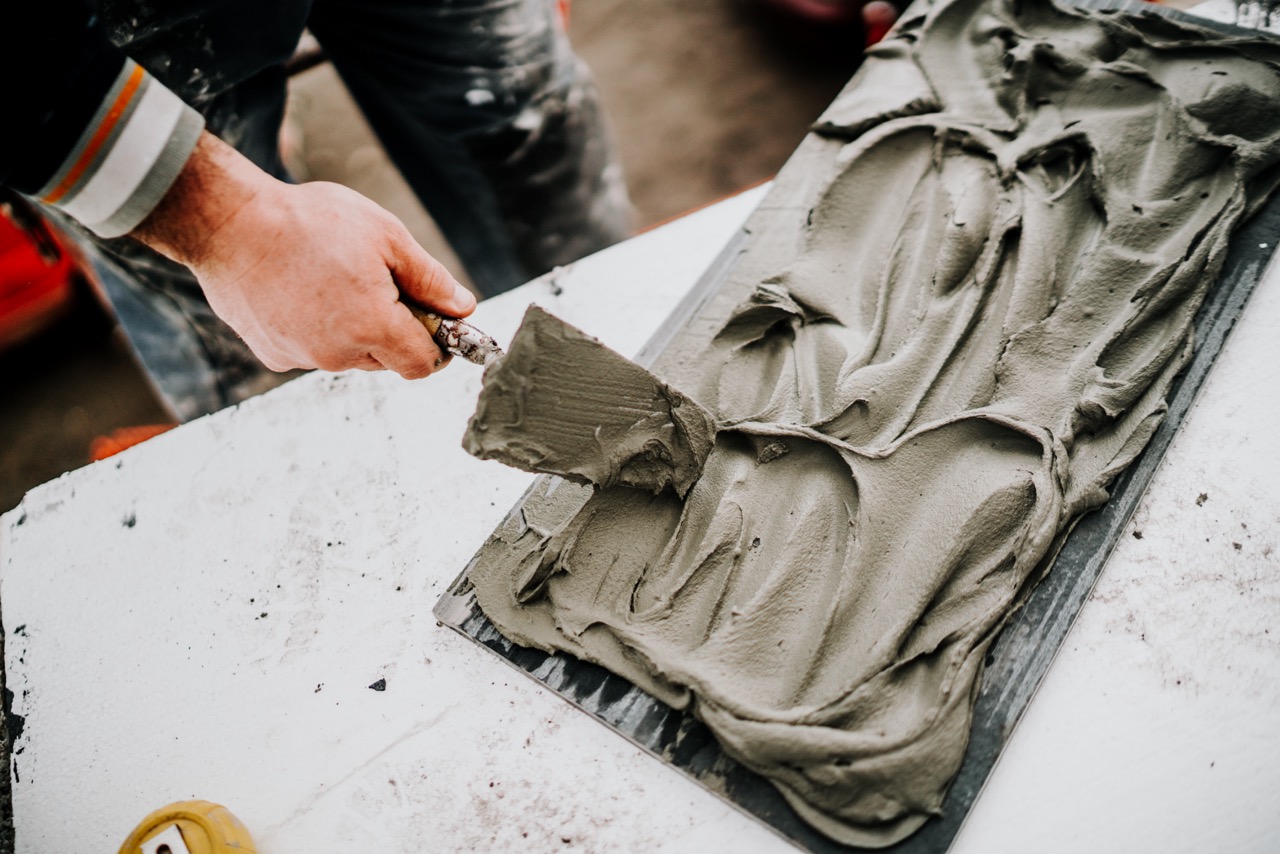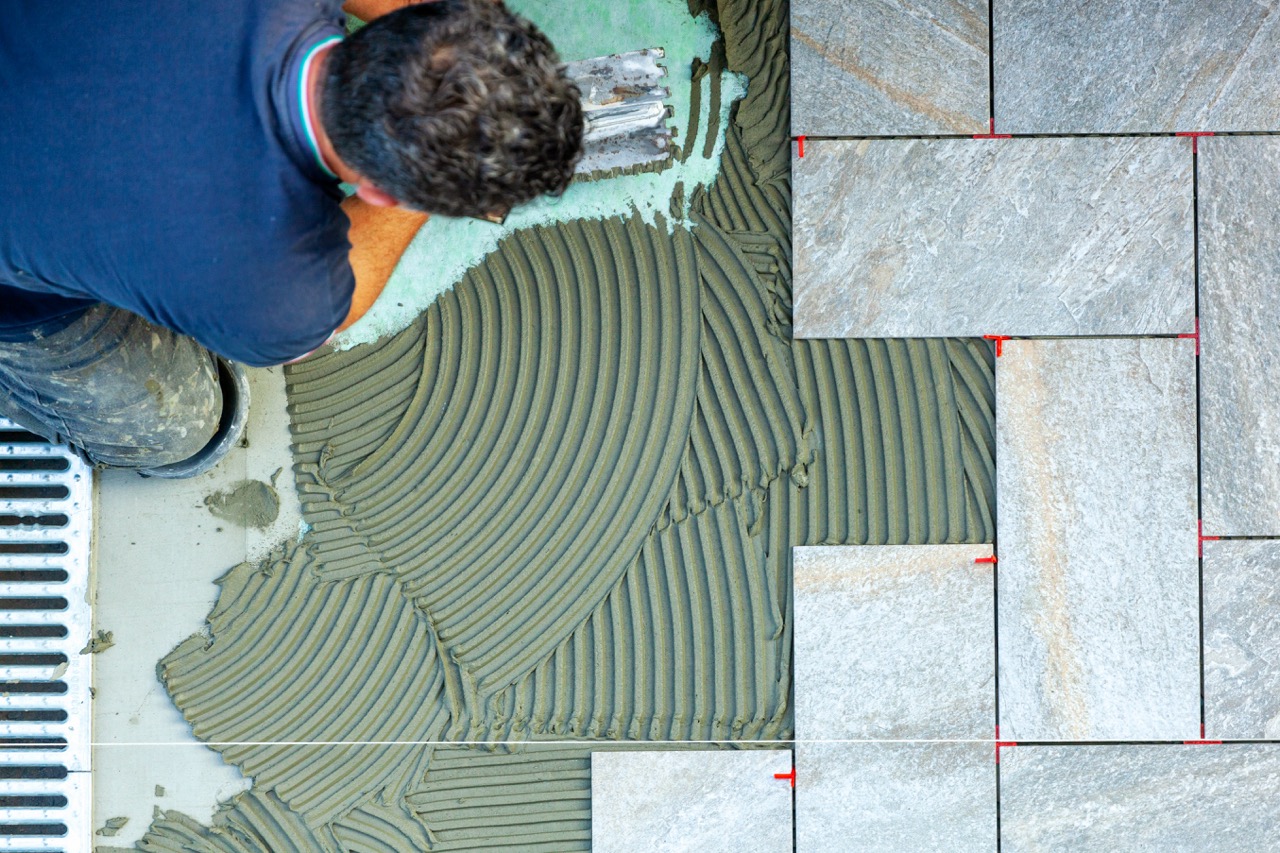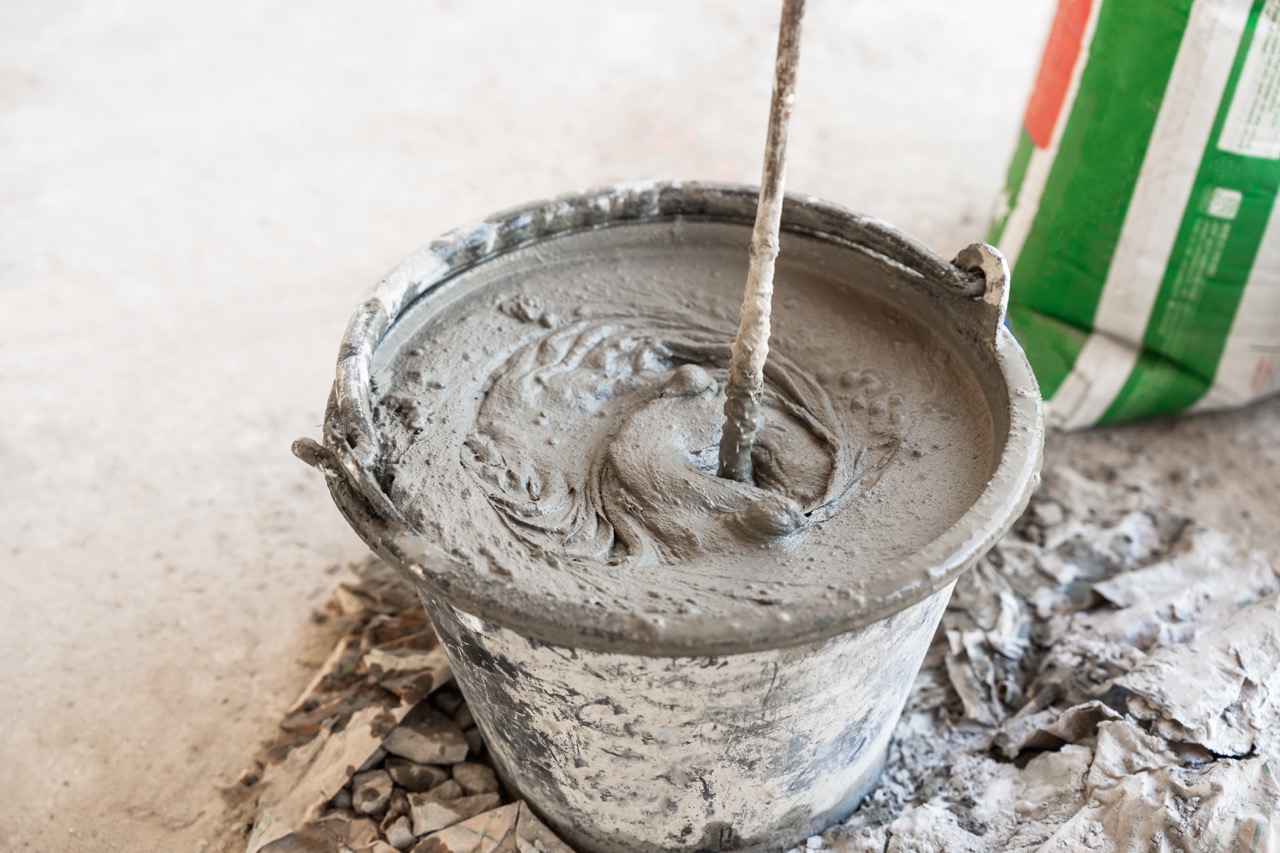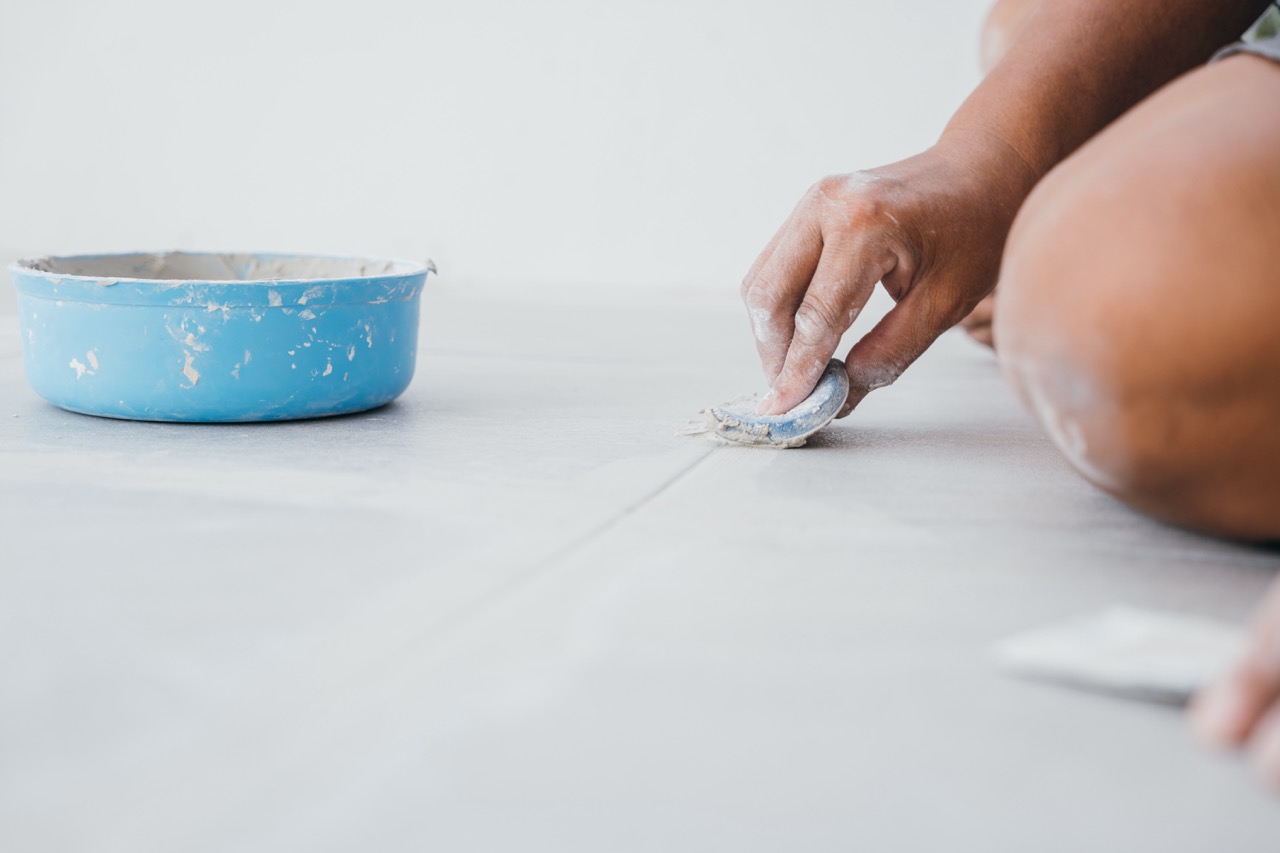Using a grout pen is one of the simplest and most effective ways to refresh the look of tiled surfaces without the expense of a full renovation. However, many homeowners underestimate the impact of lighting when applying a grout pen. Proper lighting can be the difference between a flawless finish and a streaky, uneven job. By understanding how light interacts with surfaces and grout lines, you’ll be better equipped to achieve the results you want.
Why Proper Lighting Matters for Grout Pen Results
When using a grout pen, the fine details are crucial—especially since grout sits lower than the tile surface. Poor lighting can cast unwanted shadows, making it difficult to see where the pen has been applied. This often leads to missed spots or over-application, which can result in a patchy appearance. Properly lit conditions allow you to clearly distinguish between treated and untreated grout lines.
Another reason lighting matters is color accuracy. Grout pens are designed to restore brightness or change the tint of existing grout, but if you’re working under a dim or overly yellow light, the color you see while applying may not match the true dried result. Natural-looking light helps you apply the product evenly and ensures that the shade looks consistent once the grout pen sets.
Lastly, good lighting reduces eye strain and improves precision. Working in low light forces your eyes to overcompensate, leading to fatigue and mistakes during the process. When grout lines are well-illuminated, you can work more comfortably and maintain better control of each stroke. This ultimately leads to smoother, cleaner lines and a more professional-looking outcome.
Ideal Light Sources to Enhance Grout Pen Visibility
Natural sunlight is often the best lighting for grout pen projects because it provides clear, balanced illumination without color distortion. Working during the day near a bright window or in a sunlit room allows you to see grout lines in their truest form. If direct sunlight isn’t available, diffuse daylight is still highly effective for spotting imperfections and achieving even application.
If natural light isn’t an option, bright white LED lights are the next best choice. LEDs with a daylight rating (5000K to 6500K) mimic natural lighting and reveal grout line details without casting harsh shadows. Positioning a portable work light or lamp so it shines directly onto the tiled area helps you maintain consistent visibility across your project. This prevents overlooked sections and ensures your grout refresh looks uniform from one end to the other.
Another helpful strategy is to use multiple light sources at different angles. Overhead lighting alone can sometimes create shadows along grout lines, particularly if the tiles have texture. Adding a secondary side light minimizes shadows and provides clearer visibility. By layering your lighting in this way, you create ideal conditions that allow for precision work and a noticeable improvement in results.
Applying a grout pen may seem straightforward, but lighting plays a critical role in the outcome. The right conditions not only make the process easier but also help ensure that your grout lines look evenly coated and polished once complete. Whether relying on natural daylight or carefully positioned artificial lighting, setting up your workspace correctly will make a significant difference. With thoughtful preparation, you can achieve a crisp, refreshed appearance that truly elevates your tiled surfaces.








